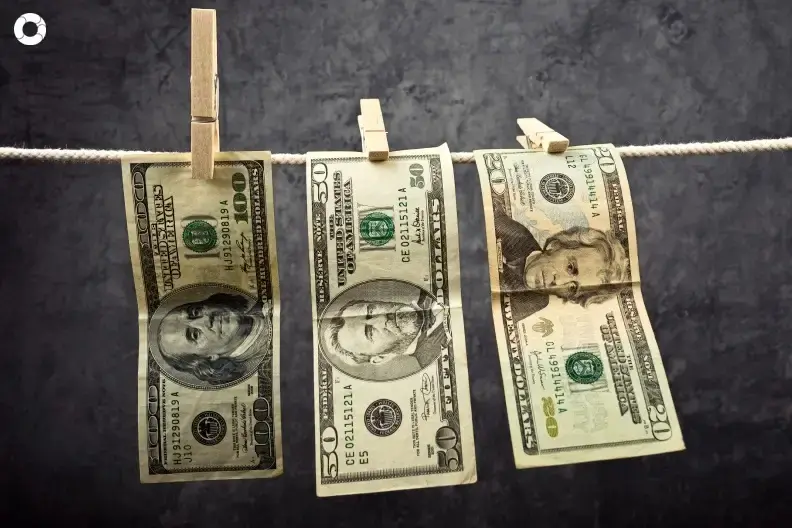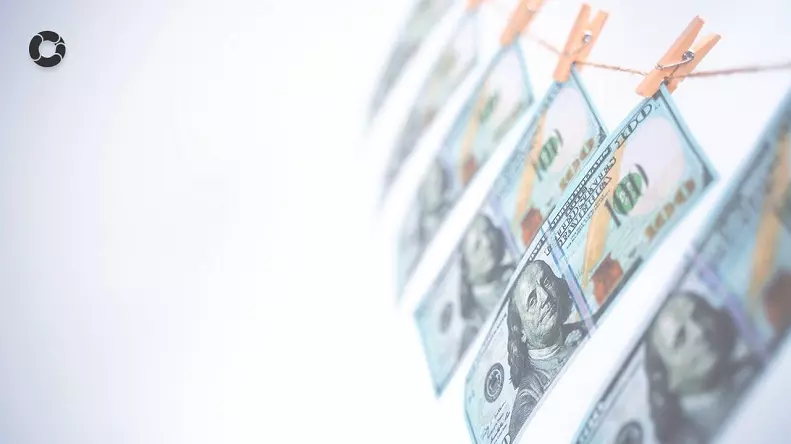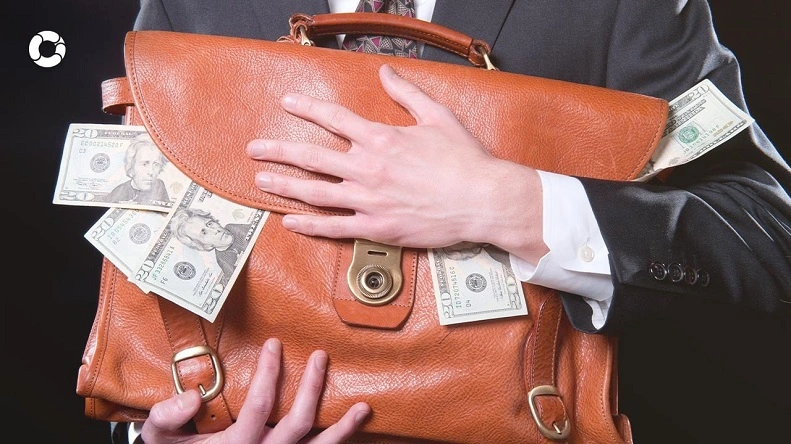Learn about the three stages of money laundering in Latin America

The millions of dollars laundered in the Latin American region are disguised as homes, hotels, cars, warehouses, casinos, bars and other businesses to launder dollars in banks and go unnoticed by the authorities.
Criminals, especially those who profit from drug trafficking, arms trafficking and human trafficking, seek to give the appearance of legality to their dirty money, mixing the legal with the illegal in order to avoid detection.
In the countries of the region, governments have begun to regulate the financial sector, the stock market, casinos and exports, but there is still a vacuum in the real sector of the economy, which is why they are looking for the largest companies in the country to have the same regulation.
The authorities identified that in money laundering there are three stages used by criminals: placement, diversification and integration, to give the illicit money the appearance of legal activities.
1. Placement of the money
According to the Financial Information and Analysis Unit (UIAF) of the Colombian Ministry of Finance, the first phase refers to the introduction of illicit money into the legal economy, putting it into circulation through financial entities, casinos, businesses, exchange houses and other national and international sources.
To evade justice, launderers deposit medium-sized amounts, not exaggerated, so as not to arouse suspicion, in different banks or in the same one but on different days.
2. Diversification or concealment
In the second phase, criminals intend to make it difficult for the authorities to trace the source and ownership of the funds, i.e., they seek to blur the original transaction. For this reason, they carry out operations abroad, in countries with little control over money laundering.
They also invent mechanisms to legalize the entry of foreign currency into the country, to achieve this, they use the over-invoicing of exports or fictitious sales abroad. They even use relatives abroad to make it look as if they are sending them money and it looks as if they were remittances.
And as if that were not enough, they over-invoice imports to bring merchandise, cars, machinery and technology into their countries, hiding their origin and disguising the contraband.
To learn more read: 4 differences between money laundering and terrorist financing.
3. Integration of the money
In this phase, criminals seek to make it impossible for authorities to differentiate between legal and illegal money. Here, launderers get their dirty money to circulate completely in the formal economy by converting it into real estate, cars and commerce such as restaurants, bars, casinos, brothels that they use as a front to hide laundering operations.
Launderers' tactics
It is usual for criminals to camouflage illegal money through a formal business, for example, they use a restaurant as a front and inflate the daily cash receipts and then take the money to the bank.
Among the most commonly used methods is 'smurfing', which involves depositing money in the bank, in moderate amounts or amounts permitted by law. They make multiple deposits in different banks, or in the same one, on different dates, to avoid detection.
They also use 'money mules', people who move considerable sums from one country to another in their suitcases, attached to their bodies or inside their bodies, to deposit them in foreign accounts, generally in countries with less regulation.
Having a technological tool such as Pirani, helps companies to more easily identify, evaluate, control and monitor the risks associated with money laundering and terrorist financing to which they may be exposed.
Countries in the region blacklisted
Latin America is one of the areas most affected by money laundering and terrorist financing, crimes that threaten financial institutions, which is why countries in the region developed laws to avoid a crisis.
However, the Basel Institute of Governance reports that although most Latin American countries comply with regulations to reduce money laundering and terrorist financing, they fall short in the effective application of these laws.
According to the Basel Anti-Money Laundering (AML) Index, on the blacklist of the 146 countries in the world with the highest risk of these crimes is Paraguay (16th place), Bolivia (23rd place) and Panama (30th place).
The Dominican Republic is in 42nd place, followed by Nicaragua, Jamaica, Venezuela and Ecuador. Chile and Colombia are in last place.
One of the solutions proposed by governments is to create and tighten laws so that criminals engaged in these practices do not destabilize the economy of their countries and it is important that companies have good practices to prevent money laundering.
You May Also Like
These Related Stories

What are the methods for money laundering?

Learn how money laundering networks operate

Money laundering vs terrorist financing: 4 key differences

How to identify the risk of money laundering in companies?

Consequences of money laundering for businesses


No Comments Yet
Let us know what you think